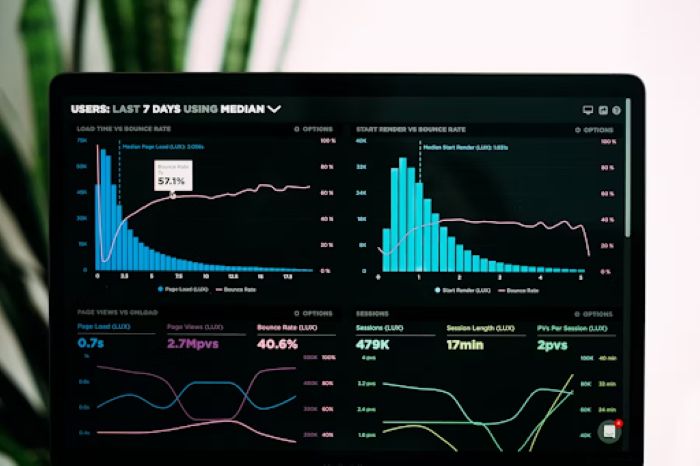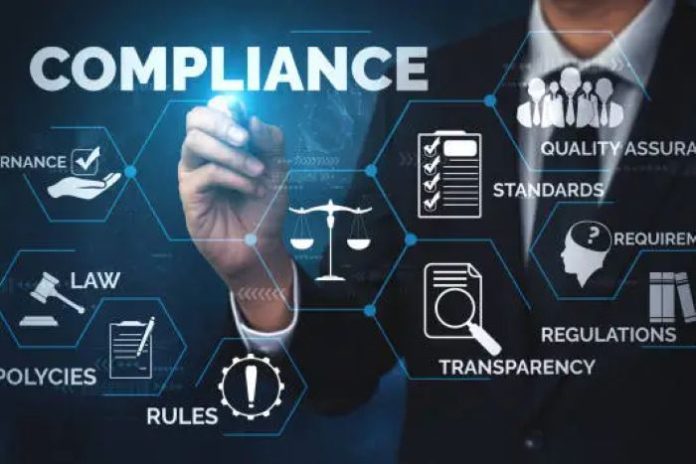The New Era of Sustainability Reporting
European sustainability reporting has entered a transformative phase with the implementation of the Corporate Sustainability Reporting Directive (CSRD). Companies operating in Europe must now navigate a comprehensive framework of esrs metrics that go far beyond traditional financial reporting. What many businesses initially view as a compliance burden actually represents an unprecedented opportunity to gain competitive advantage.
The European Sustainability Reporting Standards (ESRS) require companies to disclose detailed information across environmental, social, and governance dimensions. This shift affects approximately 50,000 companies across the EU, compared to just 11,000 under the previous Non-Financial Reporting Directive (NFRD). The expanded scope means that even non-EU companies with significant European operations must adapt their reporting practices.
Table of contents
- The New Era of Sustainability Reporting
- Understanding the Strategic Value of ESRS Compliance
- The Business Case for Excellence in ESRS Reporting
- Key ESRS Metrics That Drive Business Value
- Implementation Strategies for Competitive Advantage
- Transforming Compliance into Market Leadership
- Overcoming Common Implementation Challenges
- The Path Forward
Understanding the Strategic Value of ESRS Compliance
Smart businesses are discovering that ESRS compliance drives operational excellence in unexpected ways. When companies systematically collect and analyze sustainability data, they uncover inefficiencies, risks, and opportunities that traditional financial metrics often miss. This deeper insight enables better decision-making across all business functions.
The process of implementing ESRS metrics forces organizations to examine their entire value chain critically. Supply chain vulnerabilities become visible, energy inefficiencies surface, and social risks within operations get quantified. Companies that embrace this transparency find themselves better positioned to optimize operations and reduce costs.
Market leaders are already using their ESRS compliance as a differentiator in competitive bidding situations. Investors increasingly favor companies with robust sustainability reporting, viewing it as an indicator of good governance and long-term thinking. This preference translates into better access to capital and more favorable financing terms.
The Business Case for Excellence in ESRS Reporting
Research from the European Financial Reporting Advisory Group shows that companies with mature sustainability reporting systems achieve 15-20% better operational efficiency within three years. These gains come from identifying waste, optimizing resource use, and improving process design. The initial investment in ESRS compliance systems typically pays for itself within 18-24 months through these operational improvements alone.
Customer preferences are shifting dramatically toward sustainable businesses, particularly in B2B markets. Large corporations now require their suppliers to demonstrate sustainability credentials through standardized metrics. Companies with strong ESRS reporting win more contracts and command premium pricing for their commitment to sustainability.
Talent acquisition and retention also improve significantly when companies excel at sustainability reporting. Studies indicate that 83% of young professionals consider a company’s sustainability practices when choosing employers. Transparent ESRS reporting works as a competitive advantage to help attract top talent who want to work for purpose-driven organizations.
Key ESRS Metrics That Drive Business Value

The ESRS framework includes twelve standards covering various sustainability topics, each containing specific disclosure requirements. Environmental metrics like greenhouse gas emissions, water usage, and biodiversity impacts help companies identify resource optimization opportunities. Social metrics covering workforce conditions, community impacts, and value chain workers reveal risks and improvement areas in human capital management.
Governance metrics within ESRS examine business conduct, corporate culture, and risk management systems. These disclosures help companies strengthen their governance structures and build stakeholder trust. The double materiality principle requires companies to report both their impact on society and environment, and how sustainability issues affect their financial performance.
Climate-related metrics deserve special attention as they directly influence investment decisions and regulatory compliance. Companies must disclose transition plans, physical risk assessments, and alignment with Paris Agreement goals. Forward-thinking businesses use these requirements to develop robust climate strategies that protect long-term value.
Implementation Strategies for Competitive Advantage
Successful ESRS implementation begins with strong leadership commitment and clear governance structures. Companies should establish a cross-functional sustainability committee that includes finance, operations, HR, and strategy leaders. This integrated approach ensures that sustainability metrics become embedded in business decision-making rather than remaining isolated in a reporting silo.
Data collection systems need significant upgrade to meet ESRS requirements effectively. Leading companies invest in digital platforms that automate data gathering, ensure accuracy, and enable real-time monitoring. These systems should integrate with existing ERP and business intelligence tools to minimize disruption and maximize utility.
Employee engagement proves critical for successful ESRS implementation. Companies must train staff across all levels to understand their role in sustainability performance. When employees see how their daily actions contribute to sustainability metrics, they become active participants in improvement initiatives.
Transforming Compliance into Market Leadership

The most successful companies treat ESRS compliance as a catalyst for business transformation rather than a regulatory exercise. They use the metrics to set ambitious sustainability targets that resonate with stakeholders. These targets become rallying points for innovation, driving product development, operational improvements, and new business models.
Supply chain collaboration emerges as a key differentiator in ESRS excellence. Companies that work closely with suppliers to improve sustainability performance create more resilient and efficient value chains. This collaboration often leads to cost savings through reduced waste, improved logistics, and shared innovation.
Marketing and communications teams should leverage strong ESRS performance to build brand value. Authentic sustainability stories backed by verified metrics resonate powerfully with customers, investors, and communities. Companies that communicate their sustainability journey effectively see improved brand perception and customer loyalty.
Overcoming Common Implementation Challenges
Many companies struggle with data quality and availability when implementing ESRS metrics. The solution involves starting with estimates and improving accuracy over time while being transparent about data limitations. Investing in proper systems and processes early prevents costly corrections later.
Resource constraints often hamper ESRS implementation, particularly in mid-sized companies. Smart organizations address this by prioritizing material topics, automating where possible, and considering shared service models. The key is building capabilities progressively rather than attempting everything simultaneously.
The Path Forward
ESRS compliance represents a defining moment for European business. Companies that master these metrics gain insights, efficiencies, and market advantages that extend far beyond regulatory compliance. The winners will be those who recognize that sustainability reporting is not about disclosure but about building better, more resilient businesses.
The journey from compliance to competitive advantage requires commitment, investment, and cultural change. However, the rewards justify the effort as companies discover that sustainable business practices drive superior financial performance. In an era where stakeholders demand corporate responsibility, ESRS excellence becomes a cornerstone of business success.











